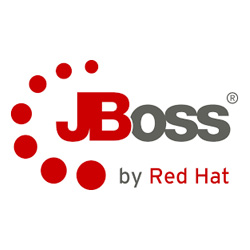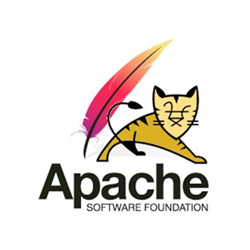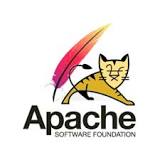Struts Performance Monitor
FusionReactor is able to monitor Java applications running on Struts. FusionReactor is the most developer-centric means of seeing into the performance of Java applications running on Struts.
FusionReactor is the tool you need to troubleshoot the most complex application performance issues. Giving you instant insight into where issues are occurring or where your application is performing poorly.
All the insight you need from the Struts Performance Monitor
Deliver software faster using your Framework
Actionable insight into your Framework Application
Fix SQL Bottlenecks before they become an issue
Find Critical issues on your Struts Framework Application
Find out instantly when things go wrong on your Struts Framework Application
See What Our Customers Think
What is Struts?
Apache Struts is a free, open-source, MVC framework for creating elegant, modern Java web applications. It favors convention over configuration, is extensible using a plugin architecture, and ships with plugins to support REST, AJAX, and JSON.
When you use Struts, the framework provides you with a controller servlet, ActionServlet, which is defined in the Struts libraries that are included in the IDE, and which is automatically registered in the web.xml deployment descriptor. The controller servlet uses a struts-config.xml file to map incoming requests to Struts Action objects, and instantiate any ActionForm objects associated with the action to temporarily store form data. The Action object processes requests using its execute method, while making use of any data stored in the form bean. Once the Action object processes a request, it stores any new data (i.e., in the form bean, or in a separate result bean), and forwards the results to the appropriate view.
Developing a Struts application is similar to developing any other kind of web application in NetBeans IDE. However, you complement your web development toolkit by taking advantage of the Struts support provided by the IDE. For example, you use templates in the IDE to create Struts Action objects and ActionForm beans. Upon creation, the IDE automatically registers these classes in the struts-config.xml file and lets you extend this file very easily using menu items in the Source Editor’s right-click menu. Because many web applications use JSP pages for the view, Struts also provides custom tag libraries which facilitate interaction with HTML forms. Within the IDE’s Source Editor, you can invoke code completion and Javadoc support that helps you to work efficiently with these libraries.














































